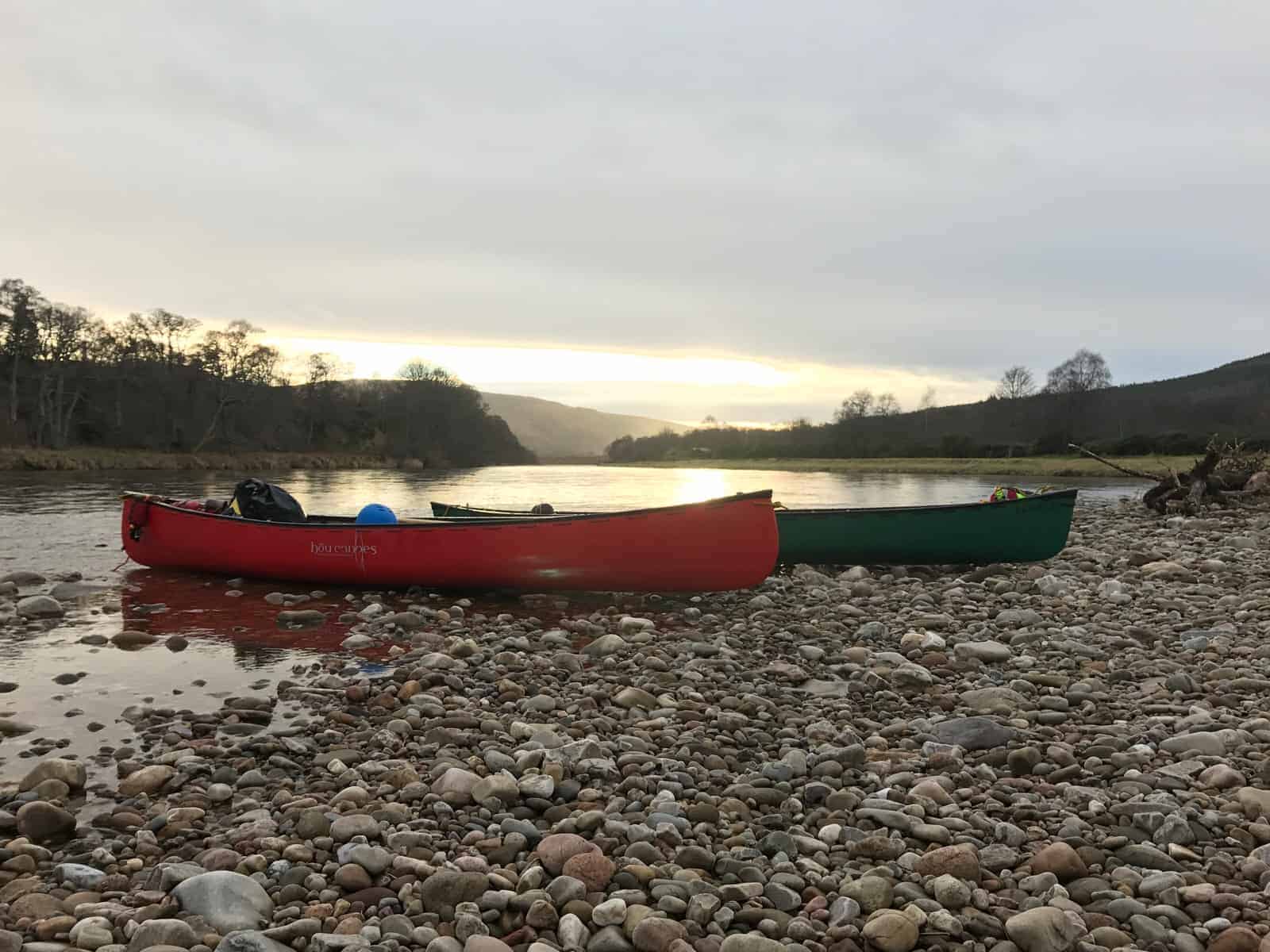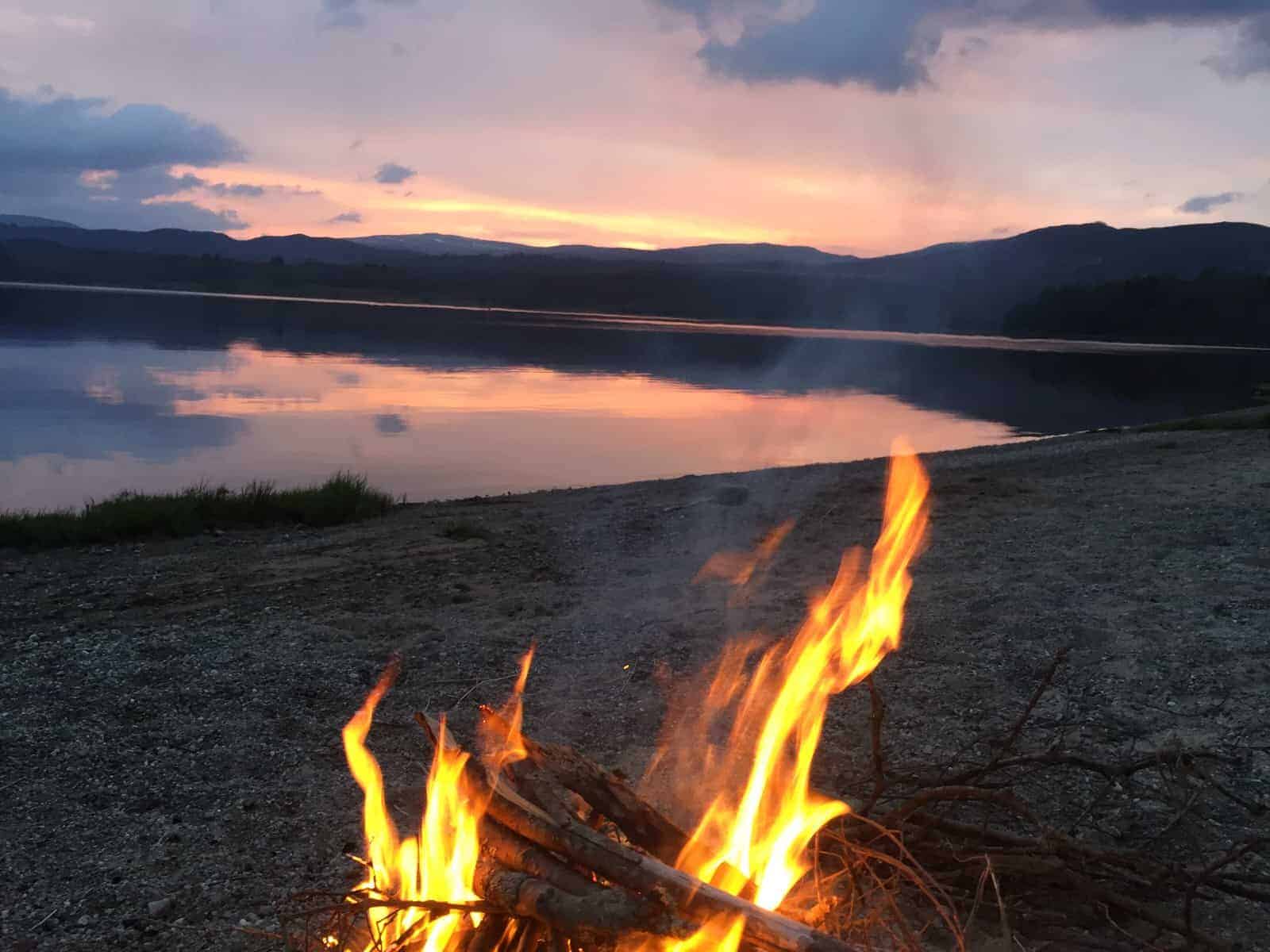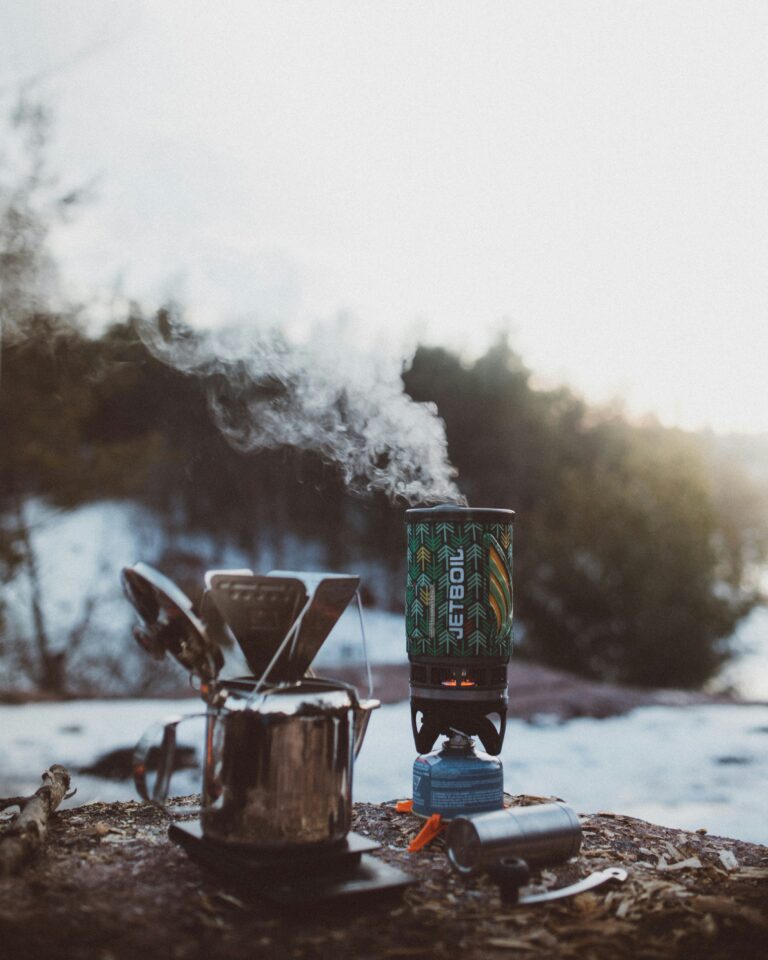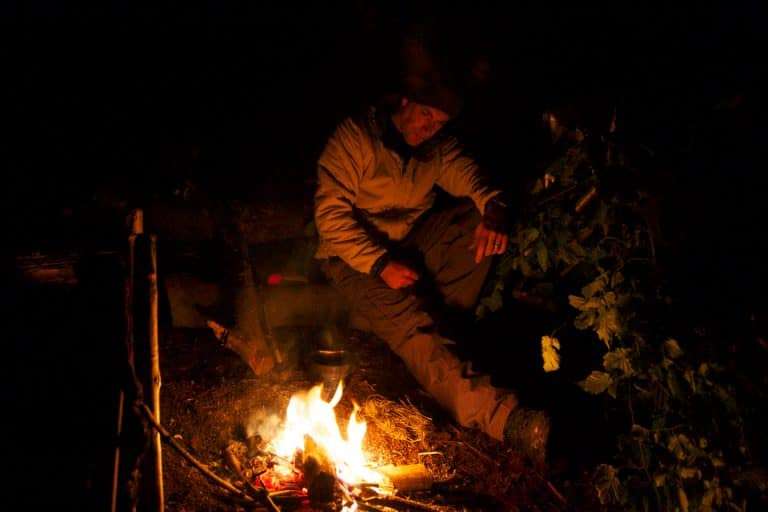Packing for a Long Canoe Trip
There is little better than getting away from it all and paddling the rivers of beautiful Scotland. However, knowing what to pack for a long canoe trip (and keeping your kit dry) can be a difficult undertaking. In this latest blog, we’re going to show you how to decide what to pack and how to keep it dry.
Fancy canoeing the wilds of Scotland? Then our River Spey expedition is for you.
Click here for more details and to book your place on this once in a lifetime trip.
Please feel free to read the whole blog or click on the links below to take you to the relevant section.
- Clothing
- Other essentials
- Meal planning
- How to keep your kit dry on a long distance canoe trip
- How to pack your kit in your canoe
Packing for a long distance canoe trip – clothing
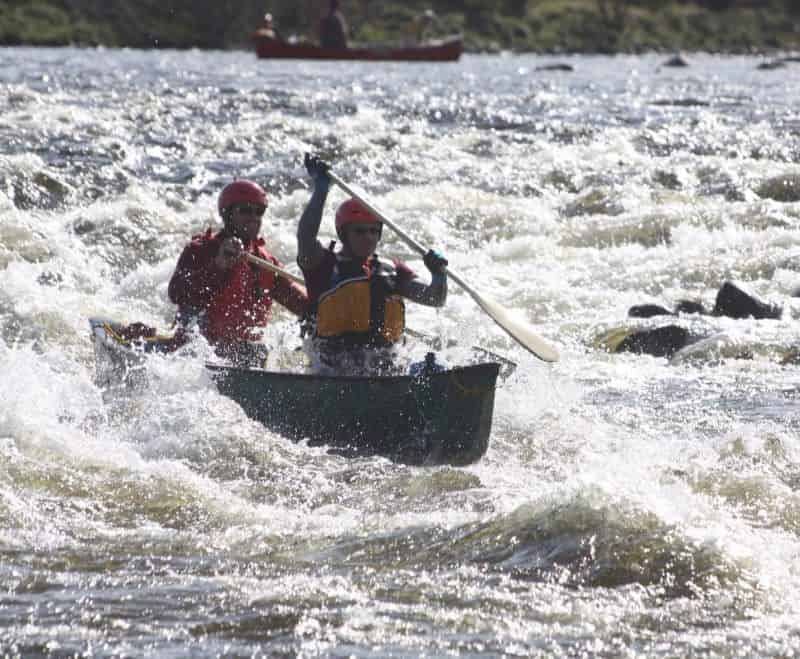
Correct clothing is essential for any outdoor trip. You need to balance warmth with comfort, and wear materials that dry quickly – so no cotton on the river. For an introduction to the layering system read our blog on reading the weather in the UK. Here’s our essential guide to clothing for long distance canoe trips.
-
Base-layers:
Go for thin, wicking, base layers made of a material such as Merino wool.
-
Warm second layer:
Go for a thin yet warm second layer, such as a light-weight fleece.
-
Additional layer:
On top of your second layer, you will need a fleece jacket or something similar to help keep the warm air in.
-
Water/windproof layer:
Finally, for your top, you will need a thoroughly waterproof (not water resistant) jacket that will also act as a windbreaker when out on the river.
-
Trousers:
In addition to your thermal base-layers, you will need waterproof trousers, these can be swapped out for your normal walking trousers when you’re off the river. Alternatively, you can invest in dry trousers.
-
Hats and gloves:
A warm pair of gloves and a hat are essential on the river. Your hat not only needs to keep you warm but also needs to keep the sun off your neck, remember it’s possible to get sunburned even if it’s’not summer.
-
And just in case…
You will need a spare of all of the above, this is known as your ‘ditch kit’. The idea being that, should you fall in, you should be able to get dry and warm and then continue your journey.
Packing for a long distance canoe trip – other essentials
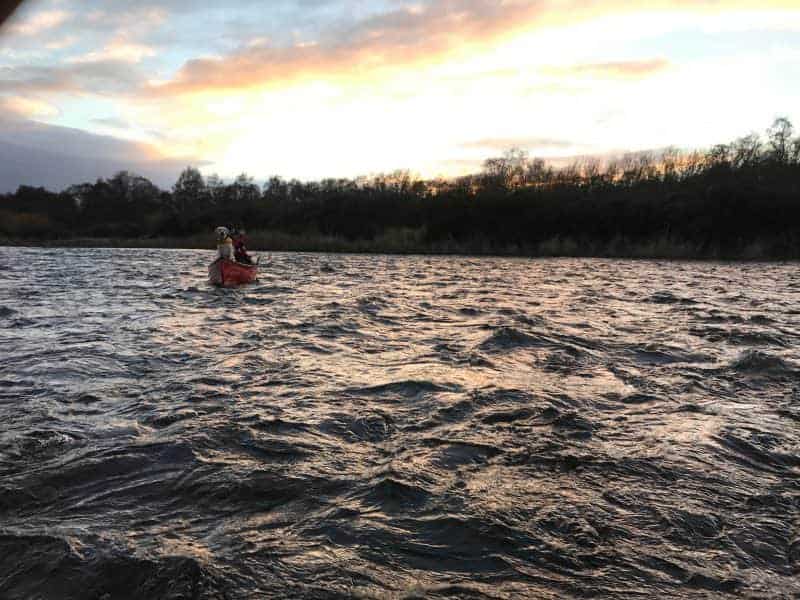
It is not just about the clothes. When packing for a long distance canoe trip you also need to consider where you will sleep; personal hygiene, how you will cook and lots more. With that in mind, here are a few other essentials that you should take with you…
-
First aid kit:
Your personal first aid kit should include any personal medication, painkillers, a standard ‘cuts kit’, blister kit and any other equipment that you might need, taking into account, of course, your proximity to civilisation.
-
Tent/Tarp:
This one should really go without saying, but just in case it doesn’t – be sure to take with you a complete sleeping system, whatever that might look like, including sleeping bag and Thermarest/Karrimat or equivalent.
-
Stove/cooking equipment:
We’ll touch on cooking in more detail later in this blog, but when going on a long distance canoe trip you need to consider your cooking options. Small gas or meth stoves are ideal for evening meals and coffee in the morning, but if you’re going to be around open fires and in a large group then a Dutch oven or two can be the way to go.
-
Wash kit:
A personal wash kit is an essential when out in the wilds for any amount of time. Include, at a minimum, toothpaste, toothbrush, biodegradable shampoo and soaps and a small towel. Sunscreen can also be a good idea.
-
Canoe equipment:
A buoyancy aid is a must, choose one that has pockets in that can be used for storing your personal survival kit. A helmet is also a must, particularly when rapids are involved. Also be sure to pack knee pads, or an old karrimat to kneel on and (of course) your paddle!
-
Other stuff:
Of course, like a long hiking trip, a long canoe trip has an extensive and changing kit list that alters based on the season and location of your activity. A few other things that we suggest include dry bags, mosquito spray, and a bug head net.
Packing for a long distance canoe trip – meal planning
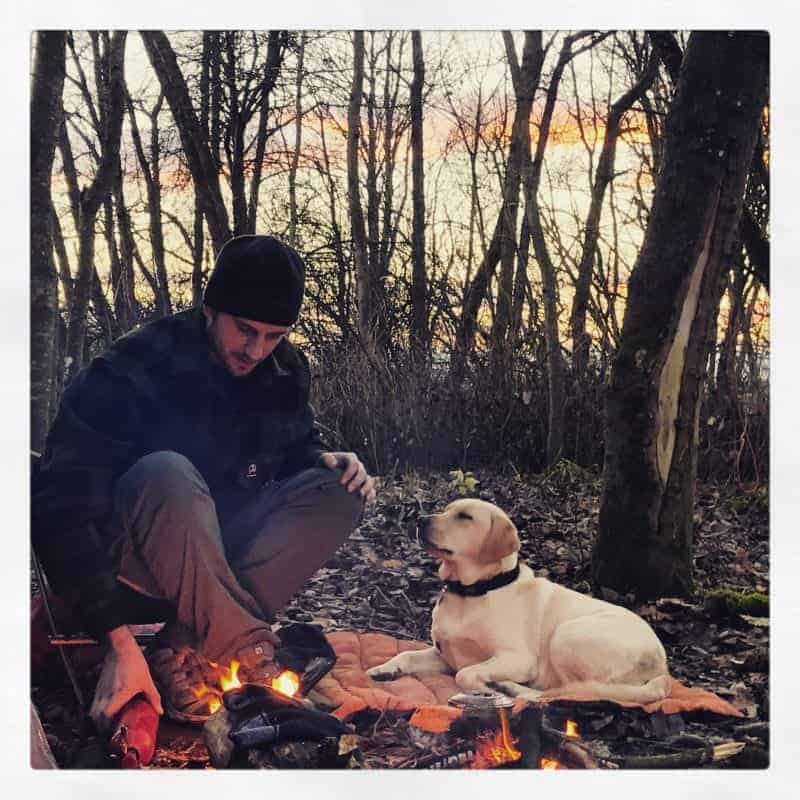
For this section of the blog, we’ll be looking at meal planning on our River Spey canoe trip. Each night of our trip we will be wild camping along the route, the trip is self-catered – so you will need to bring your own food.
-
Go for dried foods:
Obviously, any fresh food that you decide to bring will need to eaten first – before it spoils. Longer trips will need dried and/or dehydrated foods (just add water), dry foods – such as lentils, pasta, etc. , and smoked/dried meats such as salami/chorizo.
-
Make lunch easy:
The last thing that you want to be doing when you’re out on the river is to have to stop and spend hours making lunch in the middle of the day. When it comes to lunch, pack high-energy foods that can be easily assembled and consumed without the need to stop on the shore.
-
Measure out the portions
Measure out the portions of meals such as bannock bread, biscuits or loaves of bread and store these mixed measures in zip lock bags. This means that all you need to do when it comes to cooking is add a bit of water.
How to keep your kit dry on a long distance canoe trip
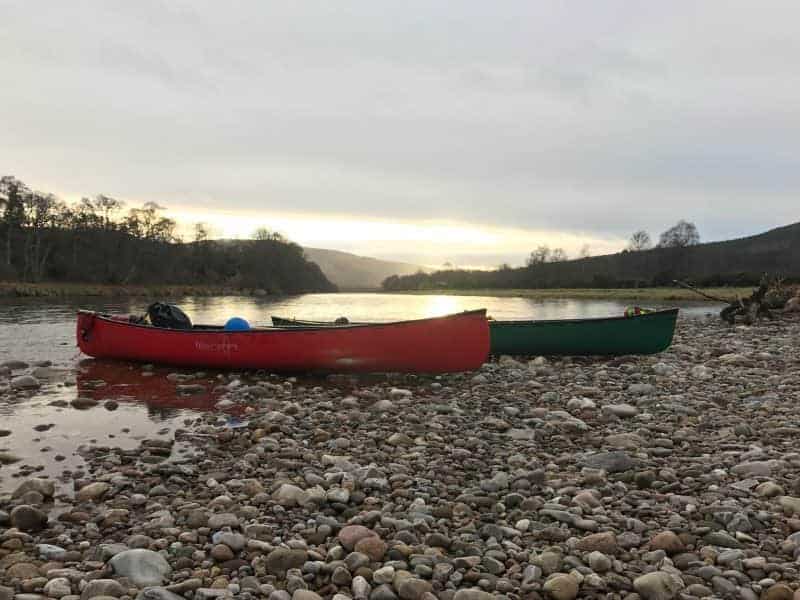
Let’s look at what you need to keep your kit dry across the length of your canoe trip. Wet kit can not only ruin a trip but could also quickly turn it into a survival situation.
-
Dry Bags
PVC tarpaulin dry bags are an essential part of any paddlers kit. Available from a number of manufacturers in a variety of sizes dry bags can be used to store all sorts of kit on your journey.
-
Dry Barrels
Dry barrels or dry drums are fantastic ways of keeping your kit safe when out on the river. It’s worth separating your kit in these barrels out and wrapping it in plastic bags or the like in case anything wet is placed in the barrel (wet clothes for example). These waterproof barrels can be picked up on sites such as eBay for not too much money, just make sure that the lid is ‘locked’ on with a lockable metal strap.
How to pack your kit in your canoe
When it comes to packing for a long distance canoe expedition it is important to get it spot on as everything you will need for the trip will be in the boat. Here are a few key considerations when packing your boat.
-
Stability:
Pack your kit low and along the centre of your boat, if possible always try to pack your boat while it is in the water, this will help you see the impact of the weight of your kit.
-
Security:
If the water that your paddling is going to be calm then you can get away with just throwing your bag in the bottom of the boat. However, if you’re expecting it to be a little choppy then leashing it to the seats or any part of the boat can be a good idea. Lashing your kit to your canoe also enables you to move it around and change the way the weight is distributed across the canoe. For really rough going then you’re going to need to lash your kit to the bottom of your boat. Remember, keep a knife handy in case you need to cut the rope.
-
Access:
Store your kit in a logical manner. Keep elements that you are likely to need, (such as lunch or a first aid kit) within easy reach. Navigation equipment, signaling devices and the like need to be kept near to hand.

